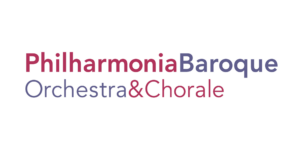With its coiled tubing and large bell, the orchestra horn is instantly recognizable. This horn developed in France during the 17th century – essentially a larger version of the traditional crescent shaped horn, enhanced with coils. (Today, it is still common to refer to the orchestra horn as a “French horn.”)
This horn rapidly found a place in the orchestras of the time. It was a “natural horn,” meaning it had no valves. The baroque player modulated the sound by changing breath or the mouth position, or by covering the bell of the horn with the hands. In this sense, the baroque era horn retained more in common with its ancestor, the simple hunting horn, than with its modern descendant. Like the trumpet, the horn was eventually modified through the addition of valves – resulting in our contemporary orchestra horn.
Georg Philipp Telemann, Johann Sebastian Bach, and George Frideric Handel are among the composers who wrote extensively for the horn.

